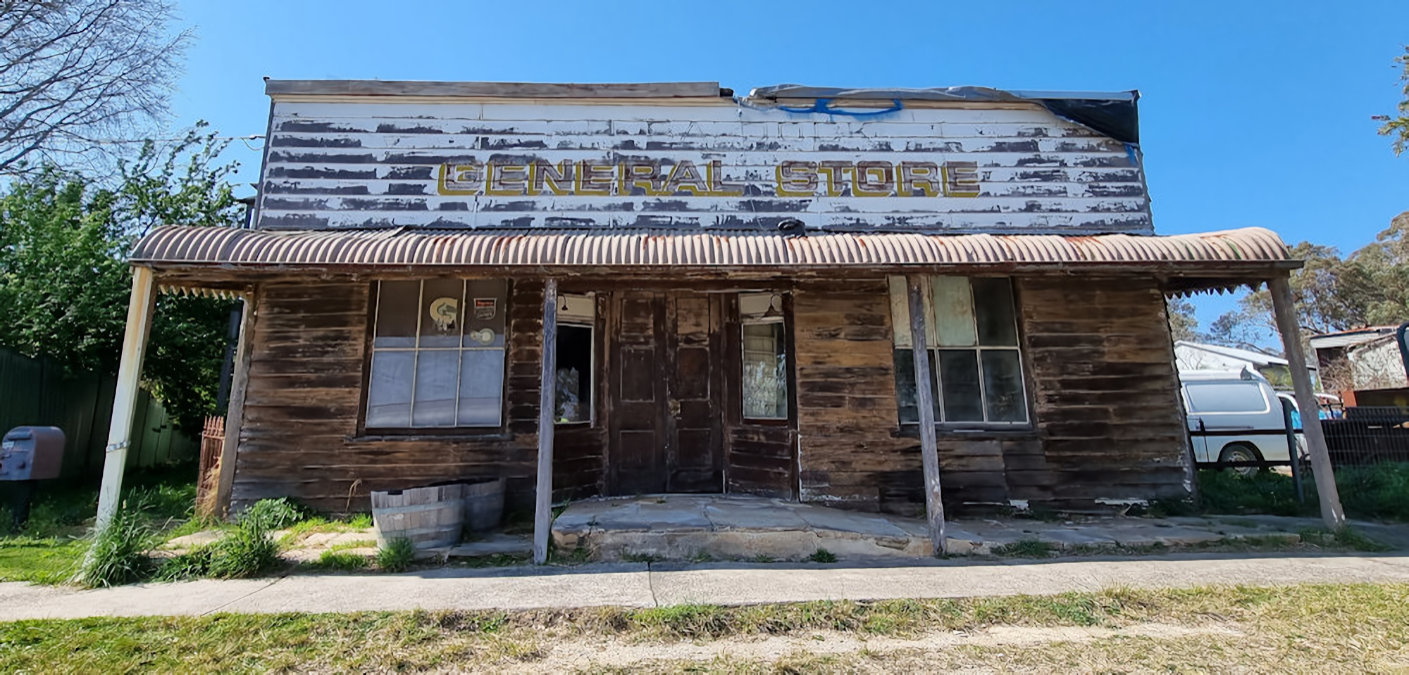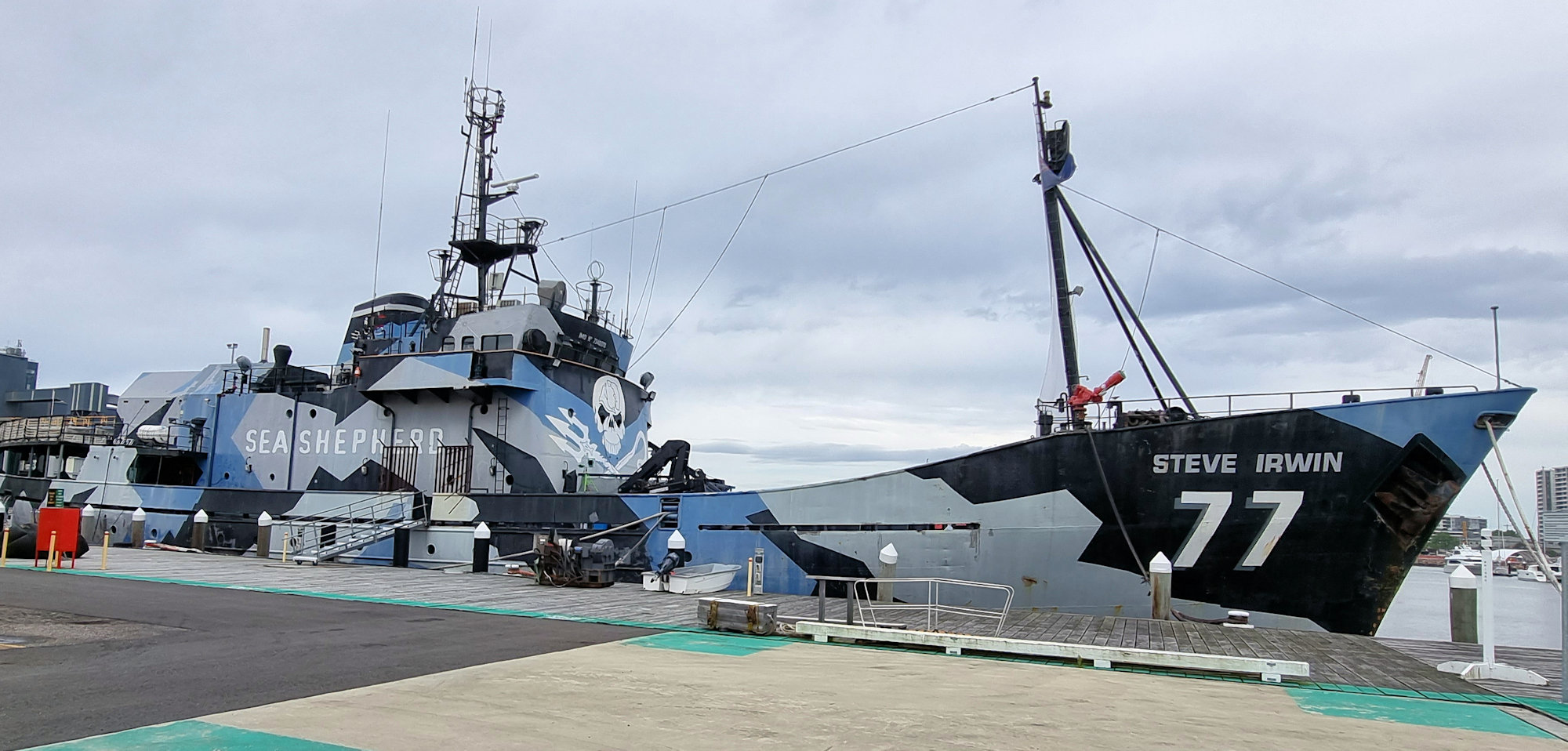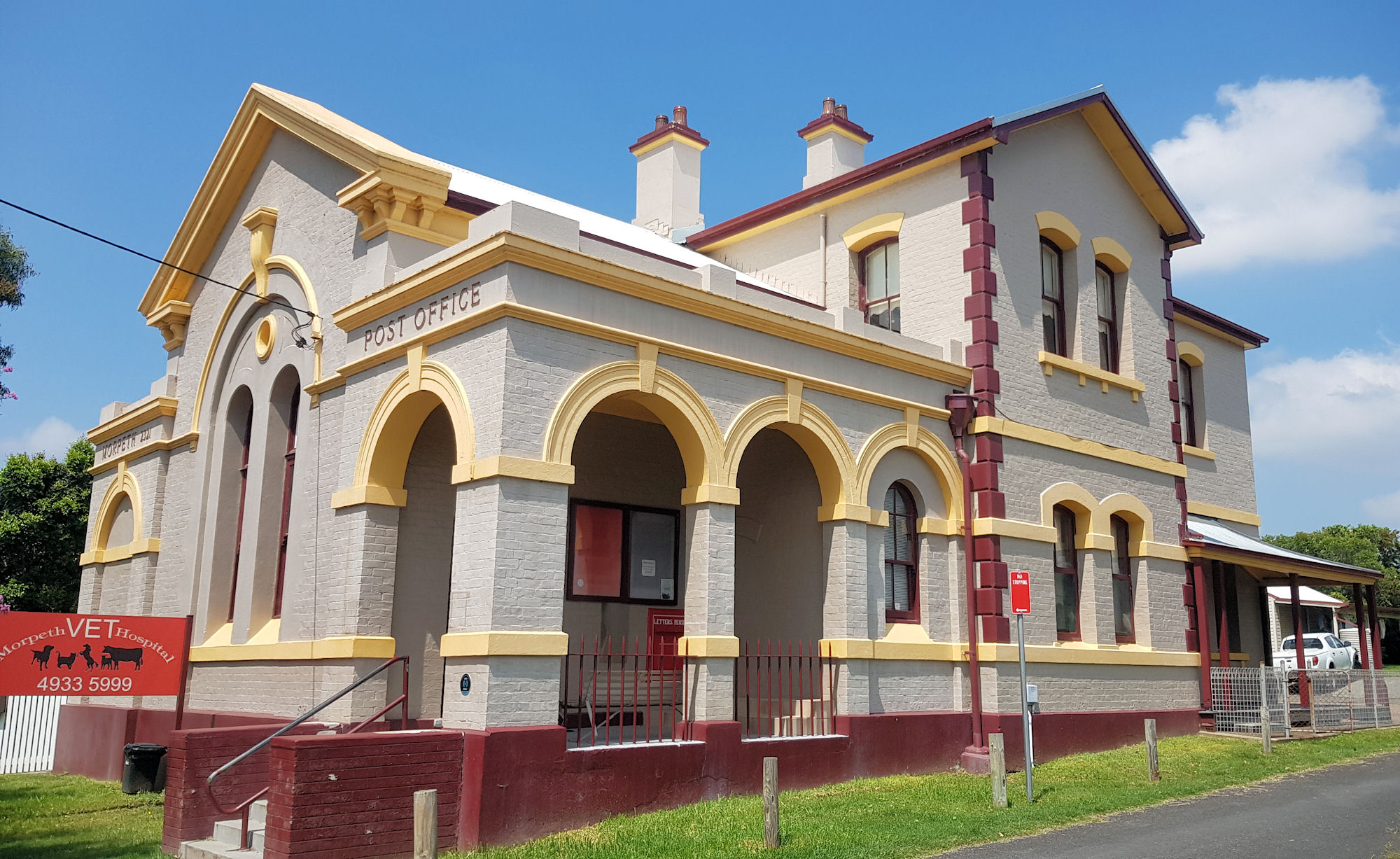Tag: Historic
-
Marulan New South Wales Australia

Marulan New South Wales Australia The small town of Marulan can be found on the Hume Highway between Canberra and Sydney. Although the highway bypasses the town, it’s worth a stop to see the historic buildings, have a break and enjoy a coffee at one of several cafes in town. Historic Buildings Most of the… Read more
-
Sea Shepherd’s MV Steve Irwin

Sea Shepherd’s MV Steve Irwin Although now retired from from its confrontations with Japanese whaling fleets, the MV Steve Irwin still looks impressive with its camouflage and skull painted deck house. Docked at Thales Marine in Newcastle, New South Wales, the ship is now owned by the non-profit organisation Ship4Good. Tours are a great way… Read more
-
Morpeth on the Hunter River

Morpeth on the Hunter River Morpeth Initially created through by Edward Charles Close, who selected a property of 1,000 hectares Morpeth developed as a river port from 1831-1841. The river port grew steadily throughout the 1830s, but the construction of the Great Northern Railway in 1857, bypassed Morpeth. This resulted in Newcastle developing as the… Read more